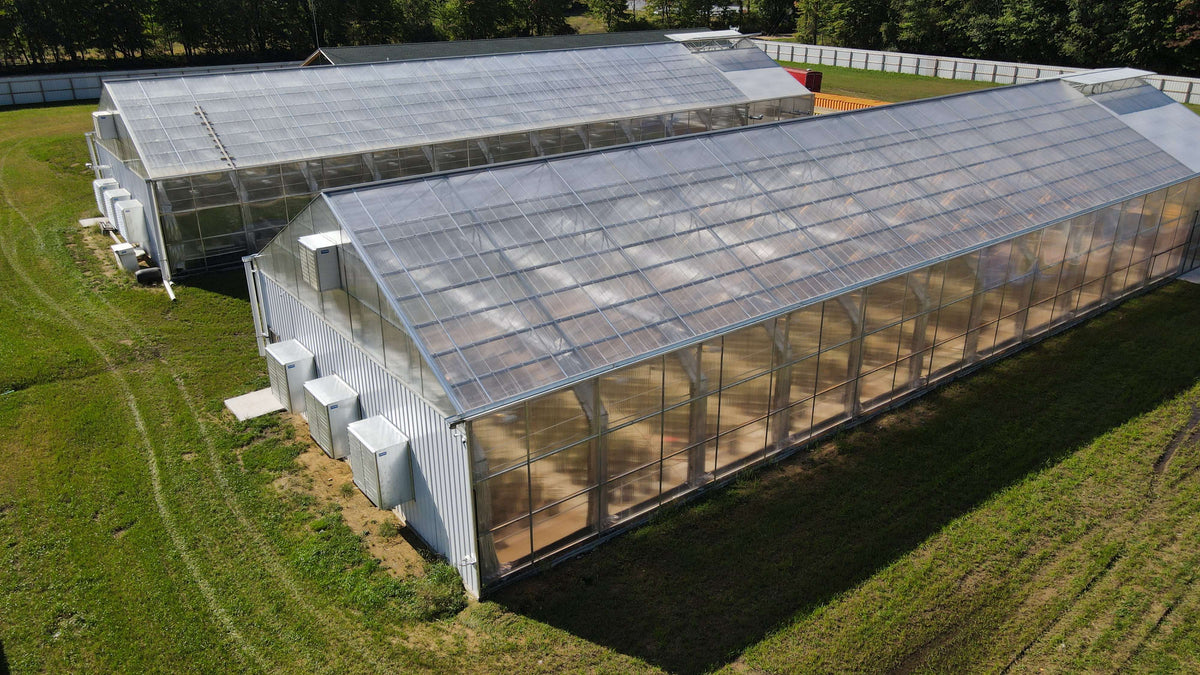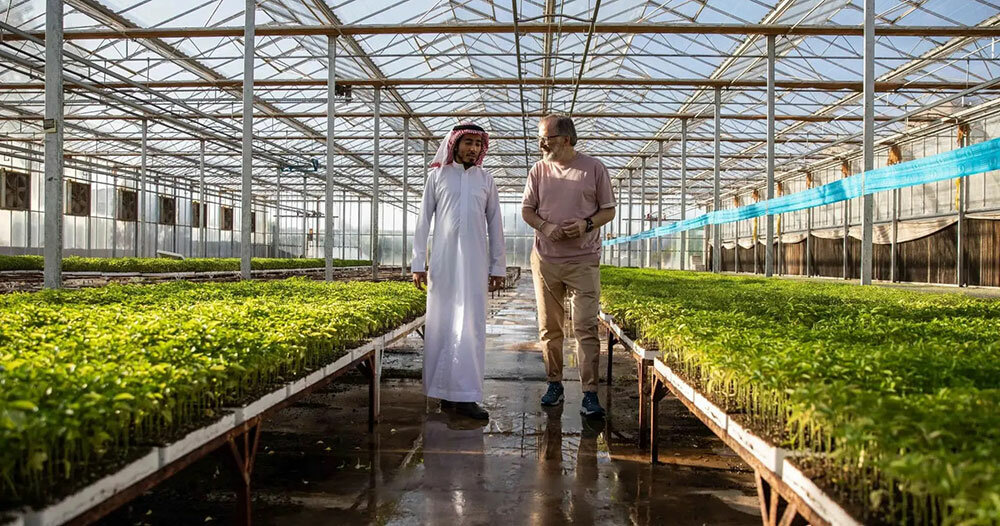Greenhouse Farming: Maximizing Plant Returns and Sustainability
Are you seeking to optimize your crop yields while advertising sustainability? Look no further than greenhouse farming. With controlled environments and minimized water use, greenhouse farming uses the excellent service for year-round manufacturing of fresh fruit and vegetables. By harnessing the power of technology and lasting techniques, you can make sure a bountiful harvest while minimizing your environmental influence. Discover the advantages of greenhouse farming and begin profiting today!
Benefits of Greenhouse Farming
Are you questioning what makes greenhouse farming so useful? Well, allow me tell you! Among the major advantages of greenhouse farming is the capacity to regulate the environment in which crops are grown. With a greenhouse, you can control elements like light, temperature level, and humidity to maximize plant development. This suggests that you can expand plants throughout the year, no matter of the climate condition outside.
An additional advantage of greenhouse farming is the reduction in water usage. Greenhouses are developed to be water-efficient, with systems that reuse and capture water, minimizing wastage. This is particularly crucial in areas where water scarcity is an issue. By using water more efficiently, greenhouse farming assists to conserve this valuable source.
Additionally, greenhouse farming enables better insect and condition administration. With the regulated atmosphere, it is much easier to control the spread and protect against of bugs and illness. This decreases the need for harmful chemicals, making greenhouse-grown plants more secure and extra ecologically pleasant.
Moreover, greenhouse farming provides protection against extreme weather events. Crops expanded in greenhouses are shielded from hefty rainfall, solid winds, and hailstorms, which can damage or damage outdoor crops. Monarch Decorative Greenhouse Utah. This protection ensures an extra trustworthy and stable plant yield, also throughout uncertain weather condition conditions

Optimizing Crop Returns With Controlled Atmospheres
To make best use of plant yields in greenhouse farming, you can attain optimal outcomes by controlling the environment. By very carefully taking care of elements such as temperature, carbon, light, and humidity dioxide levels, you can produce the excellent conditions for your crops to thrive. Among the crucial benefits of greenhouse farming is the capacity to control these ecological elements, permitting you to customize them to the certain requirements of each plant. You can change the temperature to advertise faster development during the day and reduced it somewhat at evening to imitate all-natural fluctuations. You can regulate humidity levels to protect against illness and ensure appropriate transpiration. By giving the correct amount and quality of light, you can prolong the expanding season and boost returns. Additionally, by managing co2 levels, you can enhance photosynthesis and motivate strenuous growth. By applying these controlled atmospheres, you can maximize crop returns and attain consistent, premium fruit and vegetables throughout the year.
Encouraging Sustainability With Greenhouse Farming
Make best use of sustainability in greenhouse farming by implementing efficient source monitoring strategies. One vital facet Check This Out of advertising sustainability is the administration of water use. By executing systems such as drip irrigation and recirculation, you can considerably decrease water wastage and ensure that every decline matters. Furthermore, utilizing biodegradable and natural materials for insect control and fertilization can aid lessen environmental impact. Integrated Parasite Monitoring (IPM) methods, as an example, involve making use of helpful bugs to control parasites, lowering the requirement for hazardous pesticides. Power consumption can be lowered by using renewable power resources, such as solar panels, to power greenhouse operations. This not just reduces reliance on fossil fuels yet likewise decreases greenhouse gas exhausts. Proper waste monitoring is another critical aspect in advertising sustainability. Carrying out recycling and composting systems can reduce the quantity of waste sent to garbage dumps while additionally offering nutrient-rich garden compost for plant growth. Integrating additional reading lasting practices in greenhouse style, such as making use of energy-efficient materials and enhancing all-natural lighting, can even more boost sustainability. By adopting these resource administration strategies, you can add to a much more lasting future in greenhouse farming.
Reducing Water Usage in Greenhouse Farming
By carrying out effective water monitoring strategies, you can significantly reduce water usage in greenhouse farming. Water is a vital resource in agriculture, and saving it not only benefits the environment but also helps to make the most of crop yields and profitability. One effective method to lower water use is via using drip watering systems. These systems provide water directly to the plant's roots, minimizing evaporation and making certain that every decline is made use of successfully. In addition, surveillance and regulating the moisture degrees inside the greenhouse can protect against unneeded water loss. By making use of sensing units and automated systems, you can change the ventilation and irrigation accordingly, optimizing water usage based on the specific demands of your plants. One more method is to reuse and catch rainwater. Accumulating rain from the greenhouse roofing system and storing it in containers enables you to supplement your watering requires without counting exclusively on freshwater resources. Additionally, carrying out mulching strategies can aid retain dirt wetness, decreasing the frequency of watering. Mulch work as an obstacle, preventing water evaporation and maintaining the soil cool and link moist. By embracing these water-saving methods, you can decrease water waste, conserve sources, and create a much more lasting future for greenhouse farming.
Year-Round Production of Fresh Generate in Greenhouses
Greenhouses supply a controlled setting that enables you to expand crops no matter of the external weather condition conditions. Greenhouses can be furnished with heating and cooling systems to keep optimal temperature levels for different plants. By implementing these methods, you can maximize the efficiency of your greenhouse and enjoy a consistent supply of fresh generate all year long.

Conclusion
To conclude, greenhouse farming provides various benefits for maximizing crop returns and advertising sustainability. By making use of controlled atmospheres, farmers can maximize growing conditions and raise productivity. Furthermore, greenhouse farming permits lowered water usage, making it an eco pleasant selection. In addition, the capacity to generate fresh produce year-round in greenhouses ensures a consistent supply of nourishing food. In general, greenhouse farming is a sustainable and effective method for satisfying the needs of a growing population while lessening ecological influence.
One of the significant benefits of greenhouse farming is the capability to manage the atmosphere in which plants are grown.To take full advantage of crop returns in greenhouse farming, you can accomplish optimum outcomes by managing the atmosphere. One of the key benefits of greenhouse farming is the capability to manage these environmental aspects, allowing you to customize them to the details needs of each plant.By executing efficient water monitoring methods, you can dramatically decrease water usage in greenhouse farming.In final thought, greenhouse farming provides numerous advantages for making best use of plant yields and advertising sustainability.